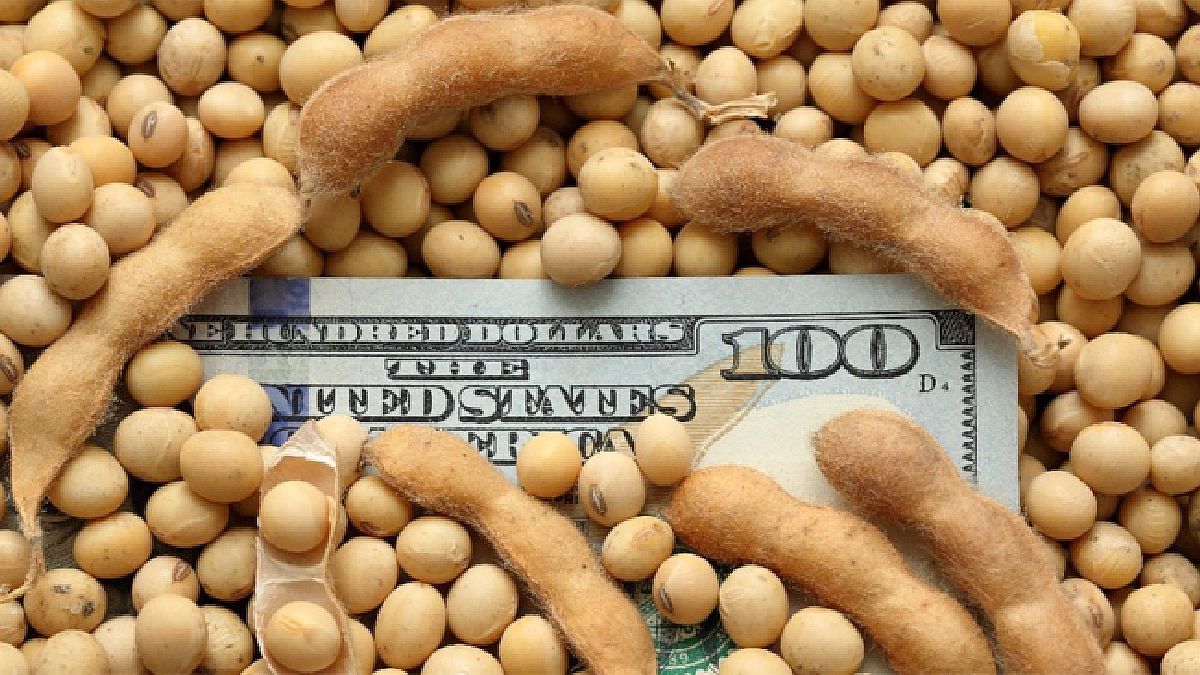In this context, the entity details: “For Argentina, the economic implications of the Russia-Ukraine conflict are mixed. In terms of the trade balance, as good news, the rise in prices of agricultural commodities, the revaluation of the goods that make up the country’s export basket, but as negative news, the rise in prices of natural gas, energy in general and fertilizers, products in which the country is a net importer and in which, if the 2021 provision is to be maintained, much more foreign currency will have to be allocated.”
Fertilizers in the spotlight
In the case of fertilizers, it is not a minor issue to take into account, because these key inputs for the field increased even more than grains and if this trend consolidates, less nutrition in the fields could bring about a drop in production. and planted area.
According to the Mediterranean Foundation in Argentina, between 5 and 6 million tons of fertilizers have been used in recent campaigns according to private estimates. Given the increase in prices, the question is what will happen to this consumption this year, in this agricultural campaign 2022/23 and in other productive activities that also use them (in the case of pastures that are fertilized to increase food production for animals).
Gradual recovery of the use of fertilizers
“A scenario of no reduction in the consumption of imported fertilizers in 2022 seems very unlikely, considering the rise in prices and possible global supply problems (the only factor that could contribute would be a sharp drop in national production). Consumption reduction scenarios are the ones that are most likely to occur, given that there are several factors that push in this direction: the rise in relative prices itself, global supply problems, a possible increase in national production and/or even possible government restrictions on foreign exchange access. Note that a 30% drop in the use of imported fertilizers would imply, at the prices forecast for the year, an outflow of foreign currency of the order of USD 3,032 million, an invoice 33% higher than that of 2021”, they warn from the entity.
One thing to note is that lower fertilizer consumption is not free in terms of grain production, exports and foreign exchange earnings. If fertilizer imports are reduced (and are not offset by increased domestic production), a negative impact on agricultural productivity is expected. The foregoing leads to an important economic policy dilemma: in a scenario of foreign exchange scarcity, the government could be tempted to restrict imports, including fertilizers, but doing so would also have a negative impact on the generation of foreign exchange itself.
Basically, the extra dollars that can come in from the countryside can become a respite for the national coffers, but the truth is that the Government will have to face key dilemmas regarding the use it gives to these currencies.
Source: Ambito
David William is a talented author who has made a name for himself in the world of writing. He is a professional author who writes on a wide range of topics, from general interest to opinion news. David is currently working as a writer at 24 hours worlds where he brings his unique perspective and in-depth research to his articles, making them both informative and engaging.




